Home>Garden Essentials>How Many Days Do Tomatoes Take To Germinate
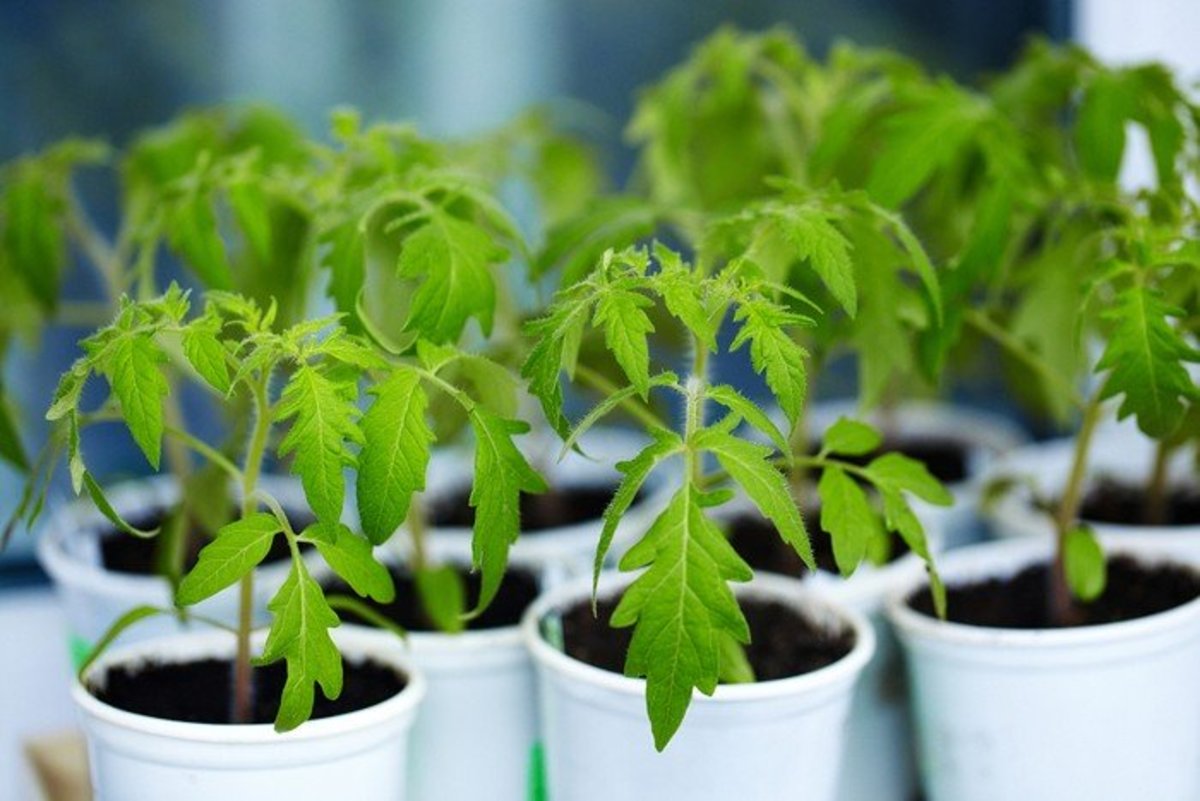

Garden Essentials
How Many Days Do Tomatoes Take To Germinate
Modified: August 23, 2024
Learn how long it takes for tomatoes to germinate in your garden. Discover the ideal time frame for successful tomato seed germination.
(Many of the links in this article redirect to a specific reviewed product. Your purchase of these products through affiliate links helps to generate commission for Storables.com, at no extra cost. Learn more)
Introduction
Tomatoes are a favorite crop for many gardeners. Their vibrant colors, juicy flesh, and delicious taste make them a staple in countless recipes. But before you can enjoy a bountiful harvest of fresh tomatoes, you need to start with successful germination. Understanding the process and factors that affect tomato germination is crucial for achieving optimal results.
Germination is the process of a seed sprouting and growing into a new plant. For tomatoes, this involves the tiny embryo inside the seed absorbing water and breaking through the seed coat to send out roots and shoots. The germination process can vary in duration depending on several factors, including the tomato variety, environmental conditions, and seed quality.
In this article, we will explore the factors that affect tomato germination, discuss the ideal conditions for germination, and offer tips to speed up the process. We will also address common problems that may arise during germination and provide solutions to overcome them. By the end, you will have a comprehensive understanding of tomato germination and the tools to successfully grow your own tomatoes.
Key Takeaways:
- Tomato seeds typically take 5 to 10 days to germinate, but factors like temperature and seed quality can affect the timeframe. Providing warmth, moisture, and ventilation can help speed up the process.
- Understanding common problems like poor germination and mold growth can help gardeners overcome challenges and ensure successful tomato seed sprouting. Monitoring and adjusting environmental conditions are key to a successful germination process.
Factors Affecting Tomato Germination
Several factors can impact the germination process of tomato seeds. Understanding these factors can help you create the optimal conditions for successful germination. Here are the key factors that affect tomato germination:
- Temperature: Tomatoes are warm-season crops and require a consistent temperature between 70°F and 85°F (21°C and 29°C) for germination. Temperatures below 50°F (10°C) can inhibit germination, while excessively high temperatures can lead to poor seed viability.
- Moisture: Adequate moisture is essential for seed germination. Providing a moist environment ensures that the seed absorbs water and triggers the germination process. However, excessive moisture can lead to rot or fungal issues, so it’s important to strike a balance.
- Light: Tomato seeds do not require light to germinate. In fact, they germinate best in darkness. Therefore, it is not necessary to expose the seeds to light during the germination process.
- Air Circulation: Good air circulation is important for preventing fungal growth and providing oxygen to the developing seedlings. Ensure that the germination environment has adequate ventilation to promote healthy seedlings.
- Seed Quality: The quality of tomato seeds can greatly impact germination success. Old or damaged seeds may have a lower germination rate. It’s best to use fresh, high-quality seeds purchased from reputable sources.
- Seed Treatment: Some gardeners choose to pre-treat tomato seeds with various methods to enhance germination. These treatments may include soaking the seeds in water, scarifying the seed coat, or using seedling heat mats to provide consistent warmth. While not necessary, these treatments can help speed up germination in some cases.
By understanding and managing these factors, you can create optimal conditions for tomato seed germination. Providing the right temperature, moisture, and ventilation will greatly increase the likelihood of successful germination and healthy seedling development.
Ideal Germination Conditions for Tomatoes
To achieve successful germination of tomato seeds, it is essential to provide the ideal conditions that cater to their specific needs. Here are the key elements to consider when creating the optimal germination environment for tomatoes:
- Temperature: Tomato seeds thrive in warm temperatures. The ideal germination temperature range for tomatoes is between 70°F and 85°F (21°C and 29°C). This temperature range ensures that the seeds receive the warmth they need to break dormancy and initiate germination. You can use a seedling heat mat or place the seeds in a warm location to maintain consistent temperatures.
- Moisture: Adequate moisture is crucial for germination. Before planting tomato seeds, make sure the soil or seed starting mix is evenly moist but not waterlogged. You can achieve this by thoroughly watering the medium before planting the seeds. Covering the planted seeds with a plastic wrap or using a humidity dome helps to retain moisture and create a humid environment that promotes germination.
- Seed Depth: Tomato seeds should be planted at a depth of around 1/4 inch (6 mm) in the soil or seed starting mix. This depth ensures that the seeds have access to moisture while still being able to push through the soil surface when germinating. Planting too deep or too shallow can hinder germination.
- Darkness: Tomato seeds do not require light to germinate. In fact, they germinate best in darkness. This is why it’s common to cover the planted seeds with a layer of soil or a dark plastic wrap to block out light. Keep the seeds in a dark location until they start to sprout.
- Ventilation: Proper air circulation is important for preventing fungal issues and promoting healthy seedling growth. Avoid overcrowding the seeds and ensure that the germination container or tray has adequate drainage holes to allow excess moisture to escape. Place the container in a location with good air circulation, but away from drafts or strong winds that can dry out the soil.
By providing the ideal germination conditions of warm temperatures, adequate moisture, appropriate seed depth, darkness, and proper ventilation, you will set the stage for successful germination of your tomato seeds. Remember to monitor the moisture levels regularly and adjust accordingly to prevent drying out or excess waterlogging. With the right conditions, you will soon witness the emergence of healthy tomato seedlings ready for transplanting into your garden.
Germination Time for Different Tomato Varieties
The germination time for tomato seeds can vary depending on the variety. While most tomato varieties have a similar germination period, there may be slight differences in the time it takes for seeds to sprout. On average, tomato seeds take around 5 to 10 days to germinate, but certain factors like temperature, moisture, and seed quality can influence this timeframe. Here are some common tomato varieties and their typical germination times:
- Early-Season Varieties: Early-season tomato varieties, such as ‘Early Girl’ or ‘Celebrity,’ are bred to have a shorter growing season. Their seeds usually germinate within 5 to 7 days. These varieties are ideal for gardeners in regions with shorter summers or those who want to enjoy ripe tomatoes earlier in the season.
- Mid-Season Varieties: Mid-season tomato varieties, such as ‘Roma’ or ‘Big Beef,’ typically have a germination time of around 6 to 8 days. These varieties generally produce larger fruits and require a longer growing season compared to early-season varieties.
- Heirloom Varieties: Heirloom tomato varieties come in a wide range of shapes, sizes, and colors. Their germination time can vary depending on the specific heirloom variety. On average, heirloom tomato seeds take approximately 7 to 10 days to germinate. It’s important to note that some heirloom varieties may have a longer germination period due to their genetic characteristics or seed viability.
- Cherry and Grape Tomatoes: Cherry and grape tomato varieties, such as ‘Sweet 100’ or ‘Sun Gold,’ are known for their small, bite-sized fruits. These varieties usually have a germination time similar to mid-season varieties, around 6 to 8 days.
- Indeterminate vs. Determinate Varieties: It’s worth mentioning that the growth habit of the tomato plant can also affect germination time. Indeterminate varieties, which continue to grow and produce fruits throughout the season, might have a slightly longer germination period compared to determinate varieties that have a more compact growth habit and tend to ripen their fruits within a shorter time frame.
Remember that these are general guidelines, and actual germination times can vary depending on specific growing conditions and seed quality. It’s important to be patient and provide consistent care to ensure successful germination. Regularly monitor your seeds for signs of sprouting and adjust environmental factors as needed.
By understanding the germination time for different tomato varieties, you can plan and prepare accordingly, ensuring that your seedlings are ready for transplanting at the appropriate time. This knowledge will contribute to a successful growing season and help you enjoy a plentiful harvest of delicious, homegrown tomatoes.
Tomatoes typically take 5-10 days to germinate. Keep the soil consistently moist and provide warmth to speed up the process.
Tips for Speeding Up Tomato Germination
Tomato germination typically takes around 5 to 10 days, but if you’re eager to speed up the process, there are a few tips and techniques you can utilize. While germination time is influenced by factors beyond our control, implementing these strategies may help expedite the process:
- Pre-Soaking: To jumpstart germination, consider pre-soaking tomato seeds before planting. Simply place the seeds in a bowl of warm water for 24 hours prior to planting. This soaking will help soften the seed coat and encourage quicker moisture absorption.
- Use Bottom Heat: Providing consistent warmth can significantly speed up germination. Place your seed trays or pots on a seedling heat mat, which can be set to the ideal germination temperature of 70°F to 85°F (21°C and 29°C). This extra heat promotes faster growth and germination rates.
- Stratification: Some tomato varieties benefit from a cold period or stratification to enhance germination. To stratify the seeds, place them in a damp paper towel or moistened vermiculite, seal them in a plastic bag, and refrigerate for about a week. This process simulates the natural winter conditions that certain tomato varieties require to break dormancy and germinate more quickly.
- Optimize Moisture Levels: Consistent moisture is necessary for optimal germination. Ensure that the planting medium remains evenly moist throughout the germination period, but be careful not to overwater as this can lead to fungal issues. Mist the soil surface or use a humidity dome to retain moisture and create a humid environment.
- Improve Air Circulation: Good air circulation is crucial for preventing damping-off disease and promoting healthy seedlings. Use a small fan on low setting or gently stir the air around your seedlings to improve ventilation. This helps prevent the growth of fungi and encourages robust germination.
- Choose the Right Seeds: Opt for fresh, high-quality tomato seeds from reputable sources. Fresh seeds generally have higher germination rates compared to older seeds. Always check the seed packets for the “packaged for” or “use by” date to ensure seed freshness.
Remember that while these tips may help expedite the tomato germination process, it is still important to provide the optimal germination conditions of warm temperature, moisture, seed depth, and appropriate ventilation. Monitor your seeds closely for signs of germination and adjust any factors that may be hindering their growth.
By following these tips, you can potentially accelerate the germination of your tomato seeds and get a head start on a successful growing season. Though germination time may still vary, incorporating these techniques increases the chances of quicker and more uniform germination, leading to healthy seedlings ready for transplanting in your garden.
Read more: How Many Days For Yarrow To Germinate
Common Problems and Solutions in Tomato Germination
While tomato germination is generally a straightforward process, there are several common issues that may arise. By being aware of these problems and their corresponding solutions, you can overcome obstacles and increase the success of your tomato germination. Here are some common problems encountered during tomato germination:
- Poor Germination Rate: If you notice a low germination rate, it could be due to several factors. The most common culprits include using old or low-quality seeds, inadequate moisture, improper temperature, or improper planting depth. To address this, ensure you are using fresh, high-quality seeds, properly moisten the growing medium, maintain the optimal germination temperature range of 70°F to 85°F (21°C to 29°C), and plant the seeds at the correct depth of around 1/4 inch (6 mm).
- Mold or Fungal Growth: Excessive moisture or poor air circulation can lead to mold or fungal growth on seedlings. To prevent this, ensure proper ventilation by providing good air circulation and avoiding overwatering. You can also use a fan on low setting to improve airflow around the seedlings. If mold or fungal growth occurs, gently remove the affected seedlings and improve ventilation to prevent further issues.
- Damping-Off: Damping-off is a fungal disease that can cause seedling rot and subsequent death. It is often caused by overwatering and poor air circulation. To prevent damping-off, avoid overwatering and provide proper ventilation. Additionally, ensure that the growing medium is sterile by using new or sterilized soil or seed starting mix.
- Seedling Stretching: If your tomato seedlings are tall and leggy, it indicates they are reaching for more light. This is caused by insufficient light intensity and duration. To prevent seedling stretching, provide bright, direct light for 14-16 hours a day. Consider using grow lights or placing the seedlings near a south-facing window to ensure they receive adequate light for healthy growth.
- Lack of Germination: If no germination occurs within the expected timeframe, it may be due to various factors such as improper temperature, inadequate moisture, or poor seed quality. Check the conditions and make adjustments as necessary. In some cases, reseeding with fresh seeds may be required.
By understanding and addressing these common problems, you can increase the success rate of your tomato germination. It’s important to monitor your seedlings closely and make adjustments as needed to create an optimal growing environment. Remember that prevention is key, so providing the right conditions from the start can help avoid many of these issues.
Successfully germinating tomato seeds is an essential first step in growing healthy and productive tomato plants. By addressing common problems and implementing the corresponding solutions, you can overcome challenges and set the stage for a successful tomato gardening experience.
Conclusion
Tomato germination is a fascinating process that serves as the foundation for a successful tomato garden. By understanding the factors that affect germination, creating the ideal germination conditions, and implementing strategies to speed up the process, you can increase your chances of successful seed sprouting and healthy seedling growth.
Temperature, moisture, light, air circulation, and seed quality all play a crucial role in tomato germination. Providing the optimal conditions, such as a warm environment, adequate moisture, darkness, and proper ventilation, sets the stage for successful germination. Additionally, strategies like pre-soaking, using bottom heat, and stratification can help accelerate the germination process.
Common problems like poor germination rate, mold or fungal growth, damping-off, seedling stretching, and lack of germination can be addressed through proper care, attention, and adjustments in environmental conditions. Regular monitoring of seedlings and timely interventions are essential to overcome these challenges and ensure successful germination.
Remember that growing tomatoes is a rewarding journey that starts with successful germination. By providing the necessary care and attention during the germination process, you are setting the stage for healthy seedlings ready to be transplanted into your garden. From there, with continued nurturing and proper cultivation techniques, you can look forward to a bountiful harvest of delicious homegrown tomatoes.
So, roll up your sleeves, gather your tomato seeds, and embark on the exciting adventure of tomato germination. With knowledge in hand and a little patience, you will soon witness the miracle of new life sprouting from a humble seed, paving the way for a fruitful and enjoyable gardening experience.
Frequently Asked Questions about How Many Days Do Tomatoes Take To Germinate
Was this page helpful?
At Storables.com, we guarantee accurate and reliable information. Our content, validated by Expert Board Contributors, is crafted following stringent Editorial Policies. We're committed to providing you with well-researched, expert-backed insights for all your informational needs.
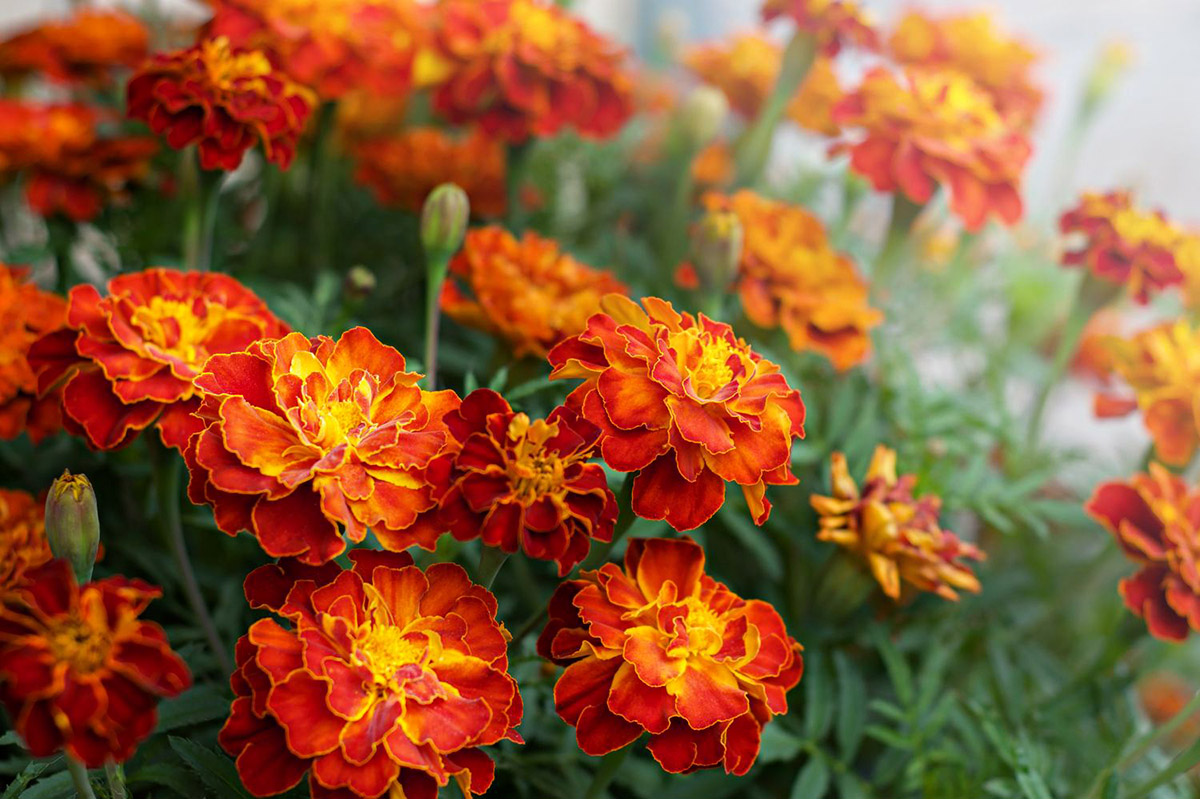
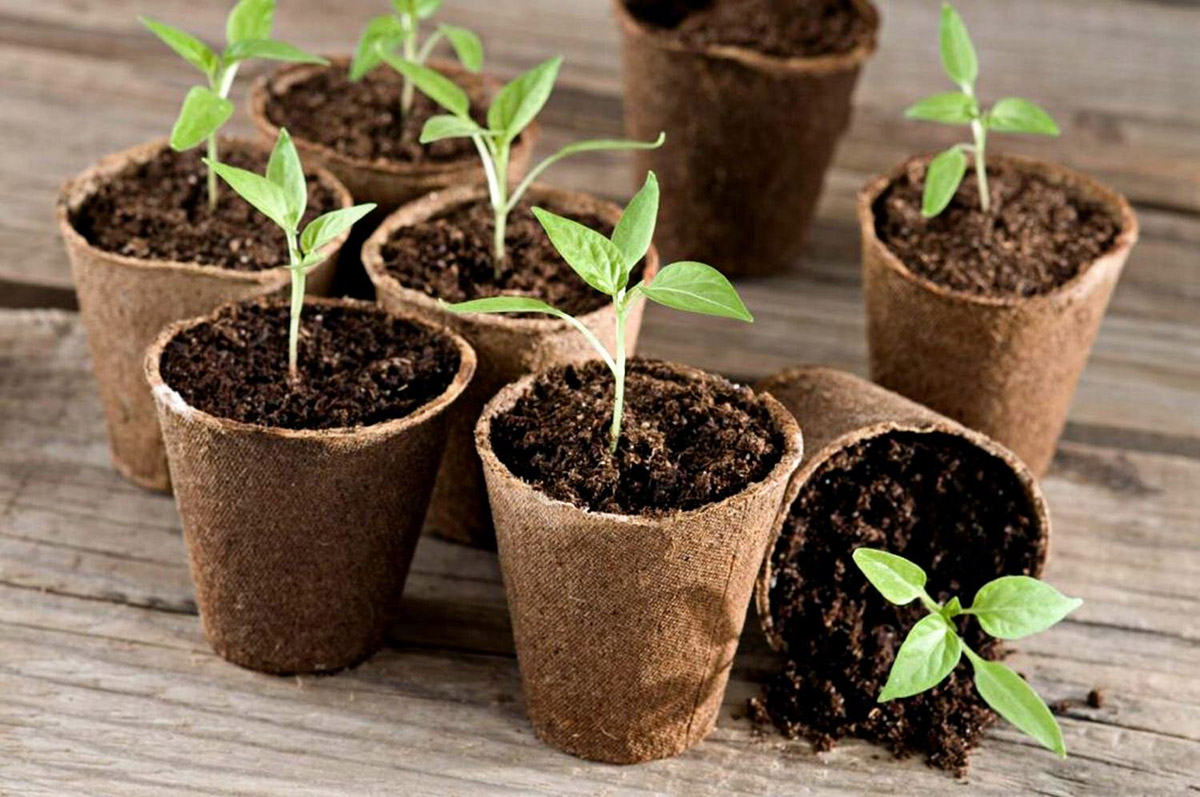
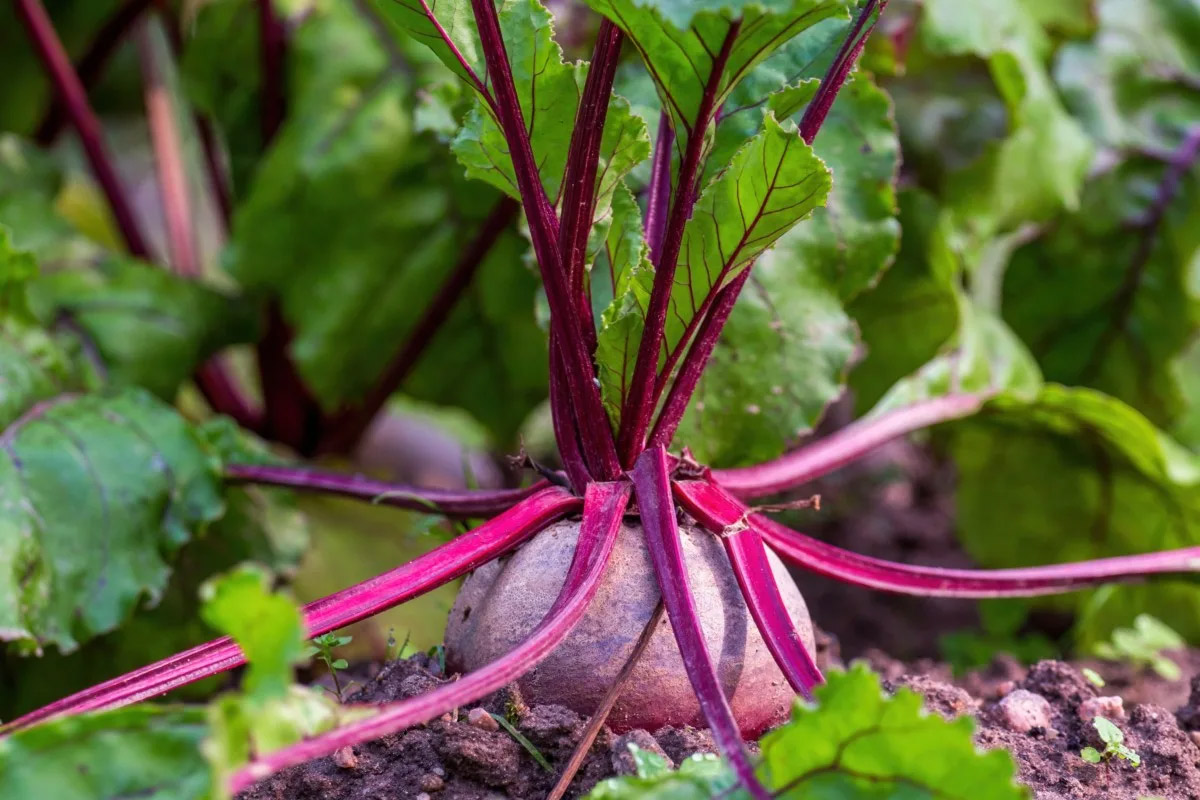
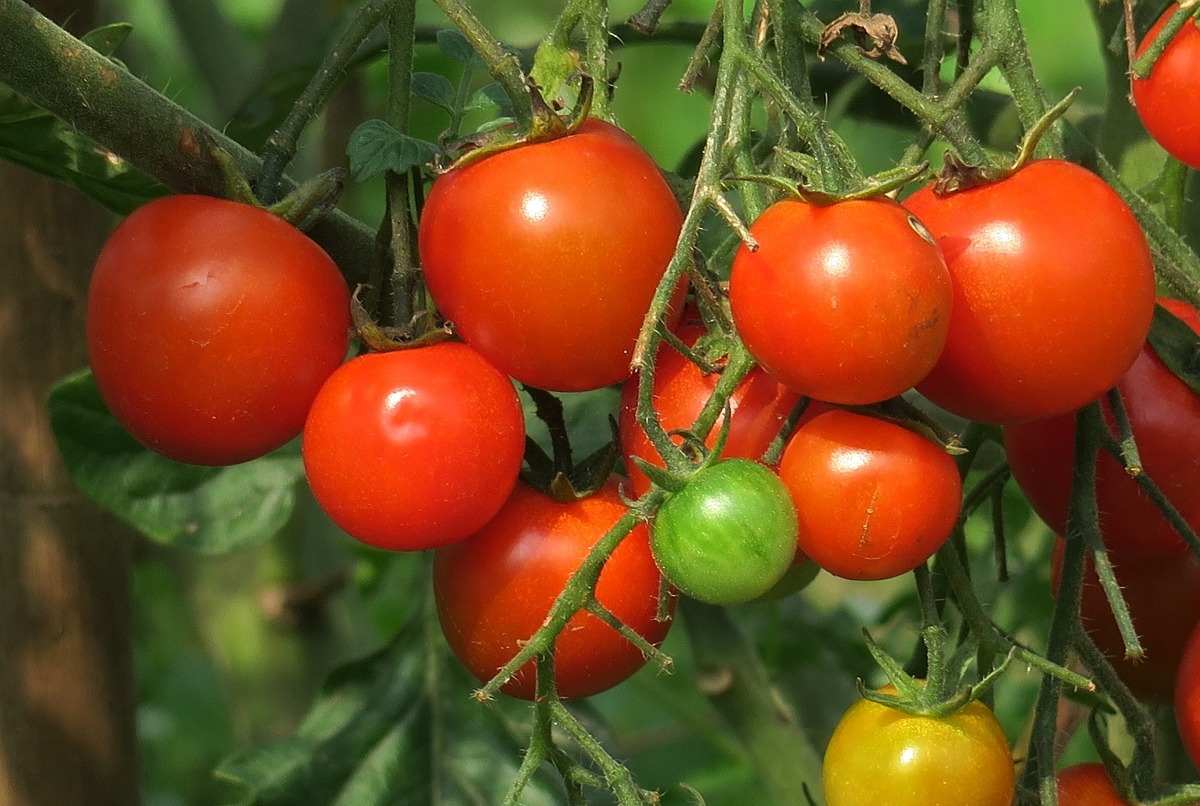
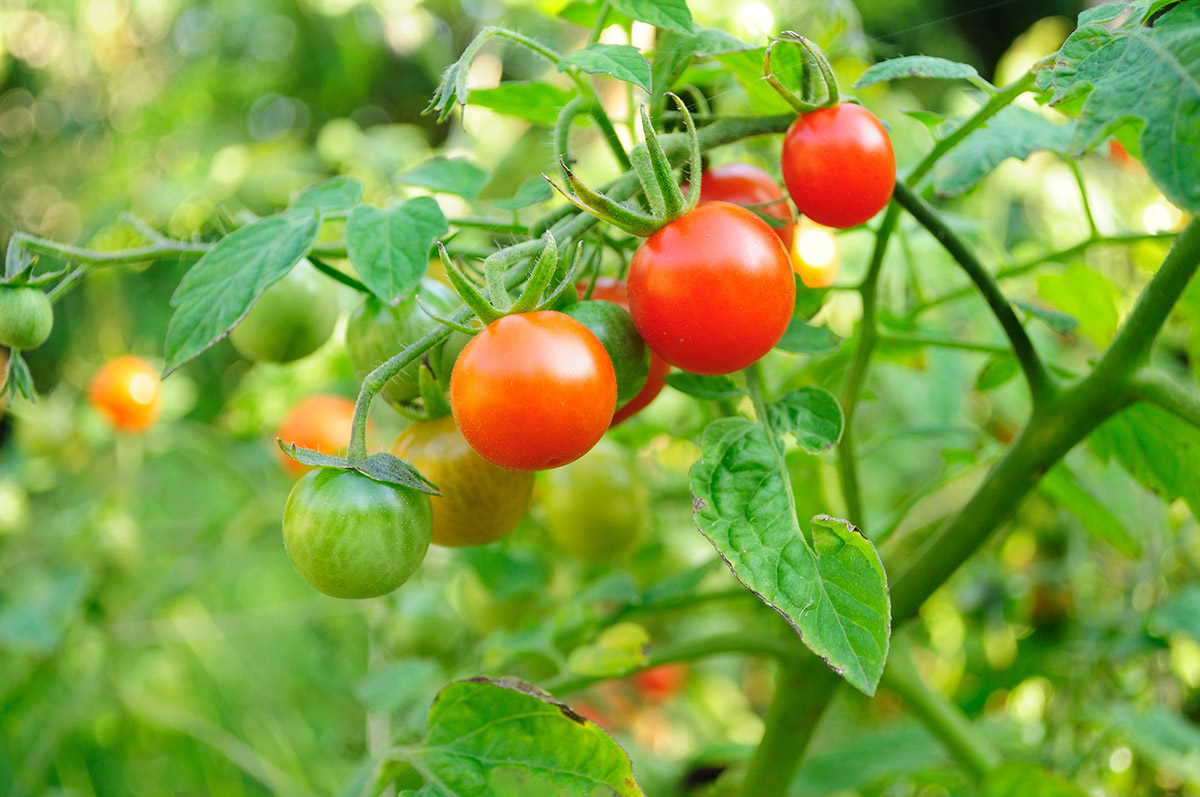
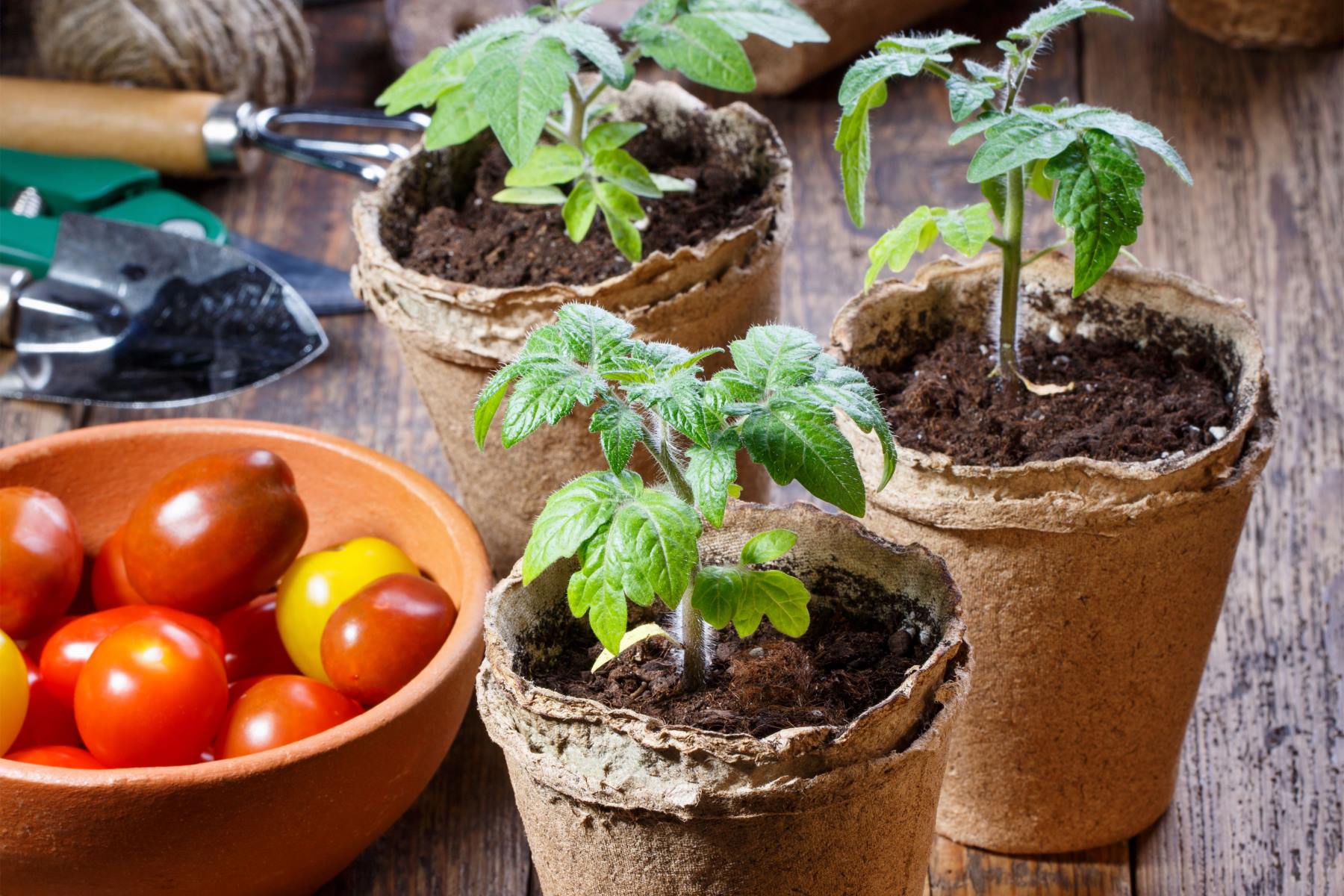
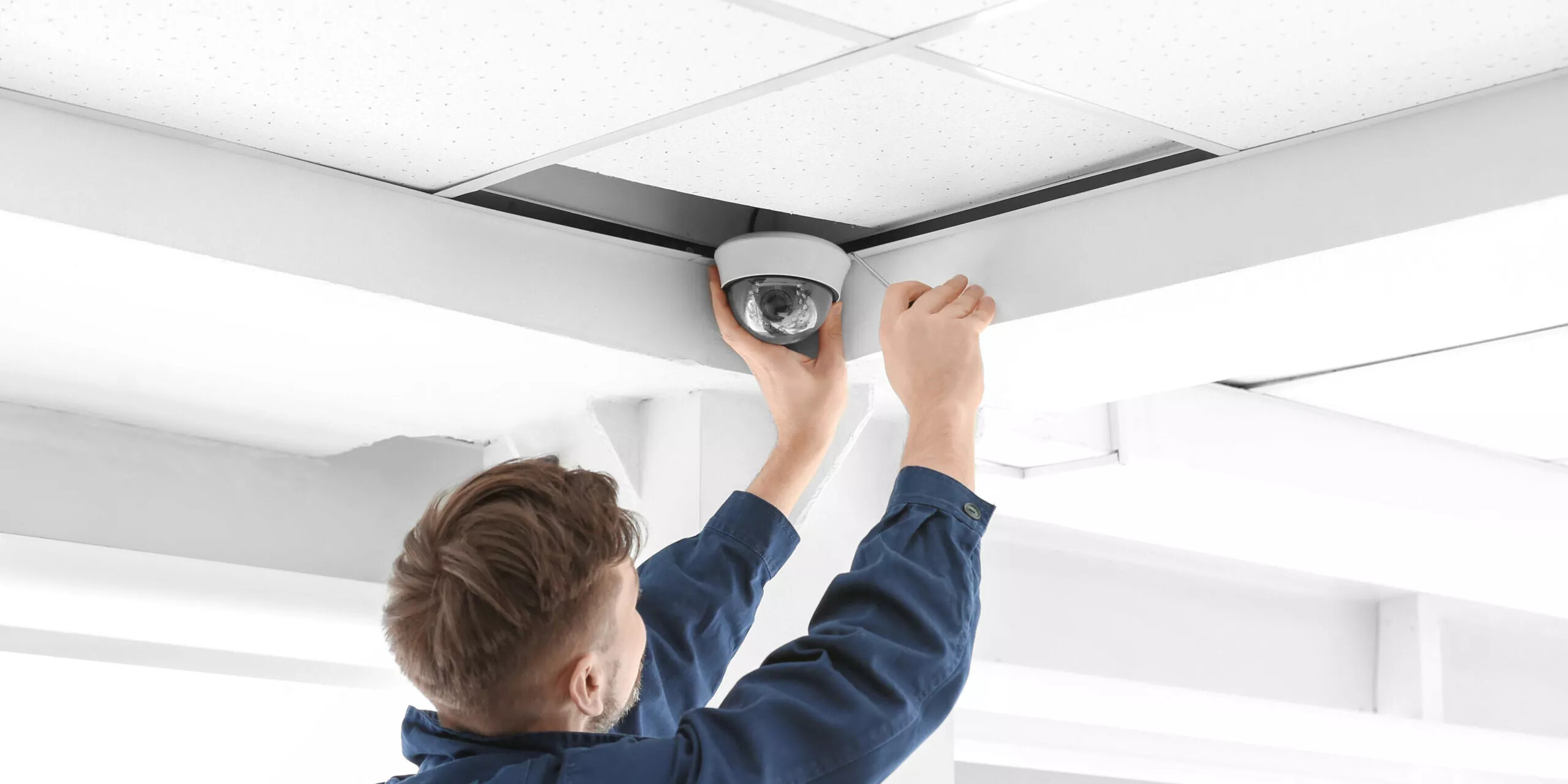
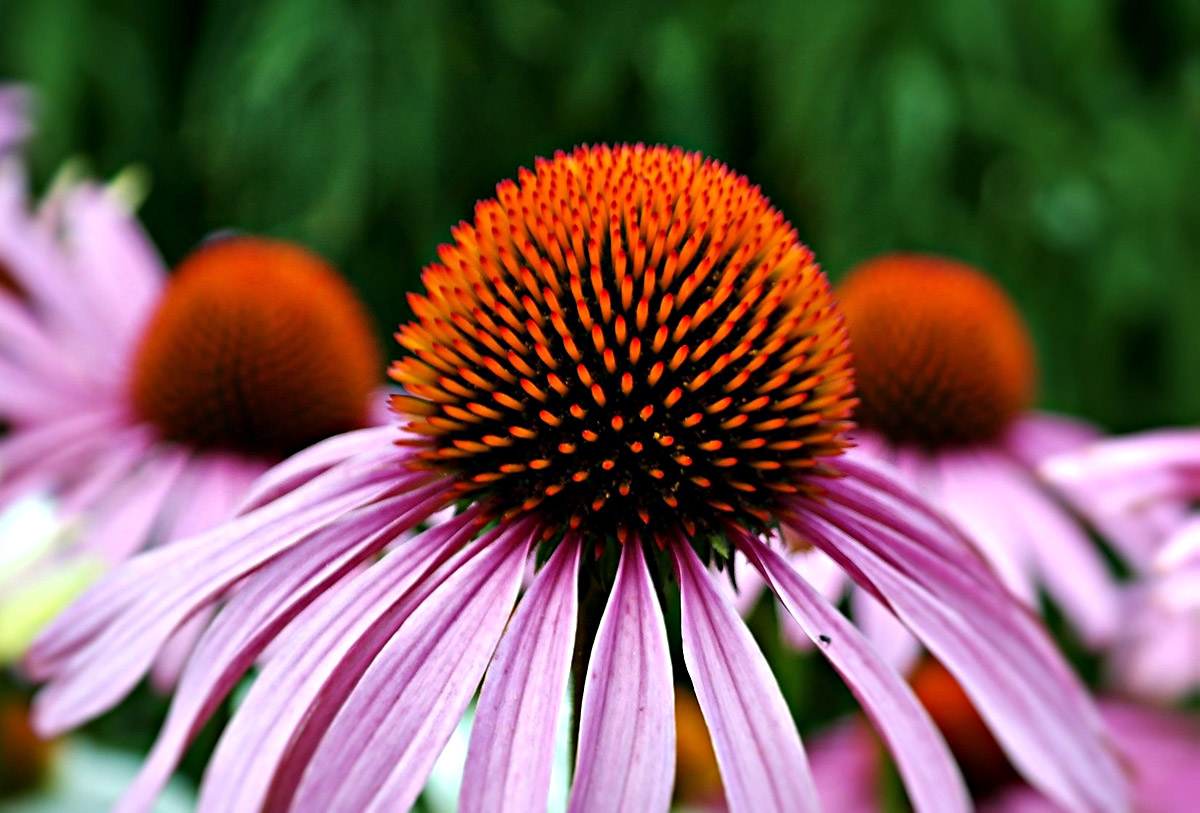
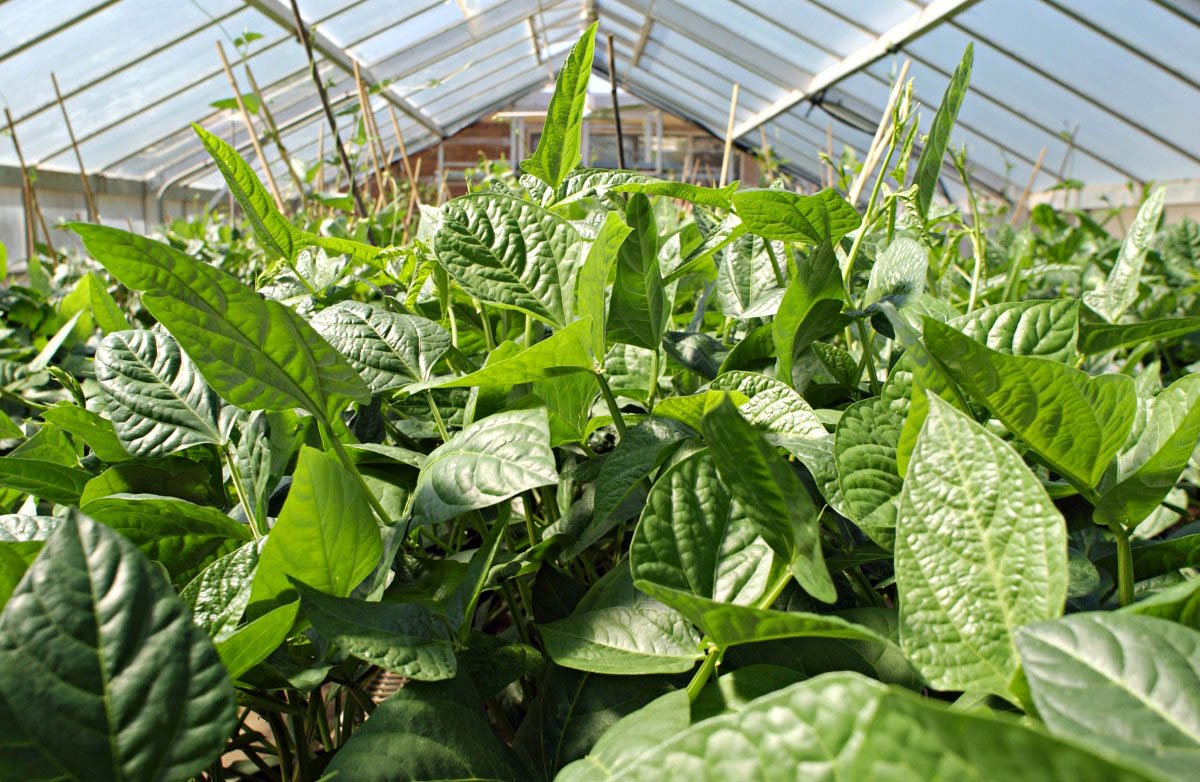
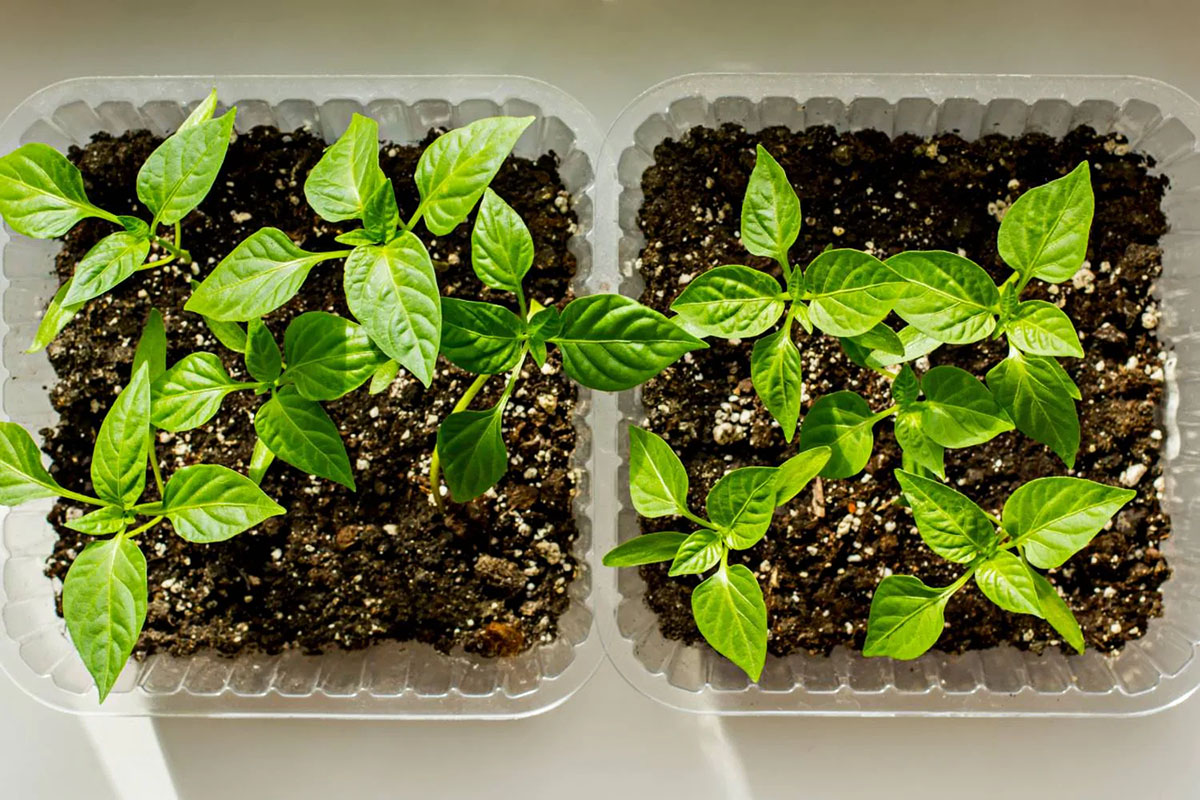
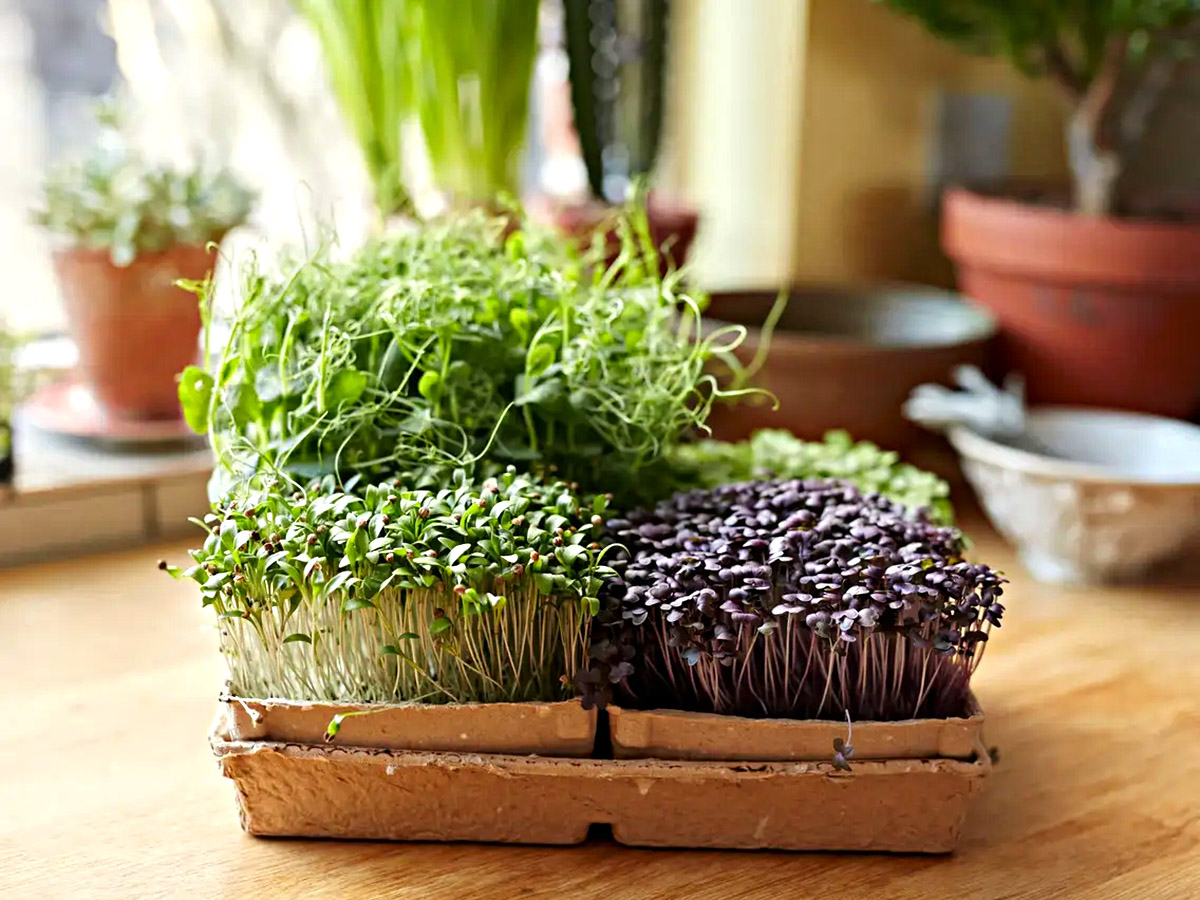
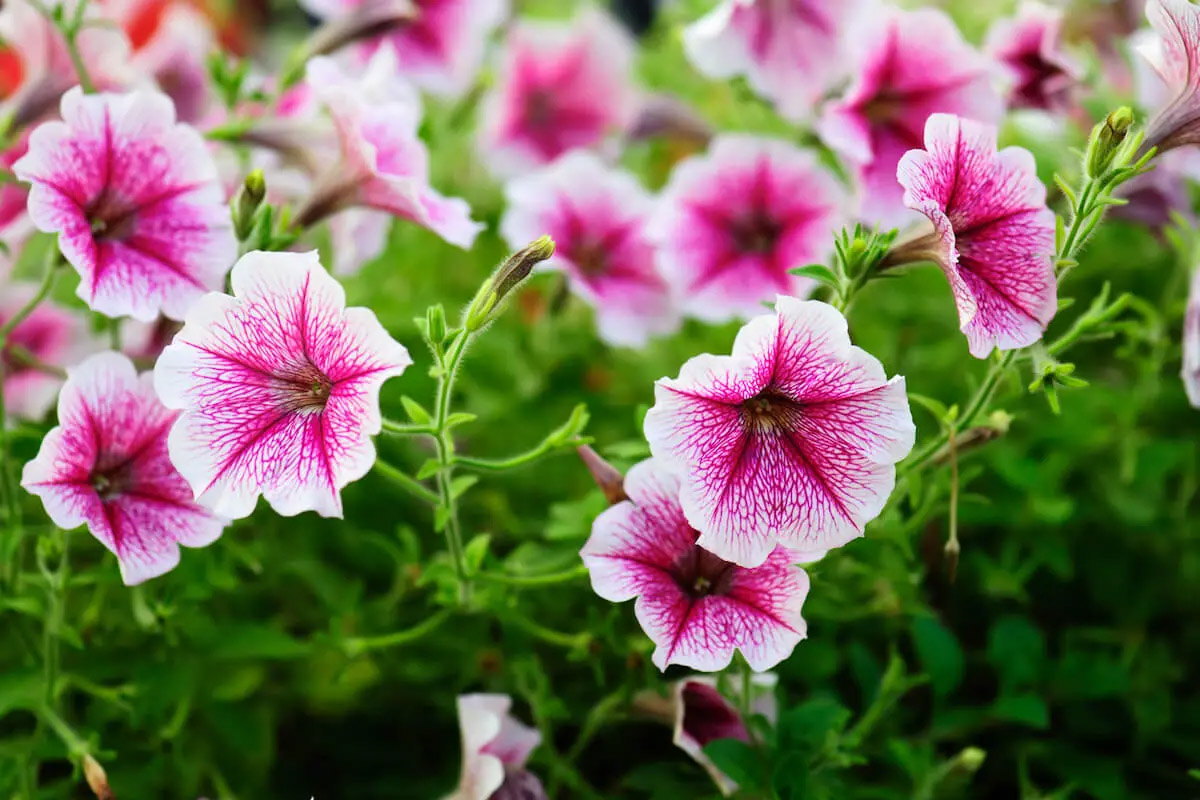



0 thoughts on “How Many Days Do Tomatoes Take To Germinate”